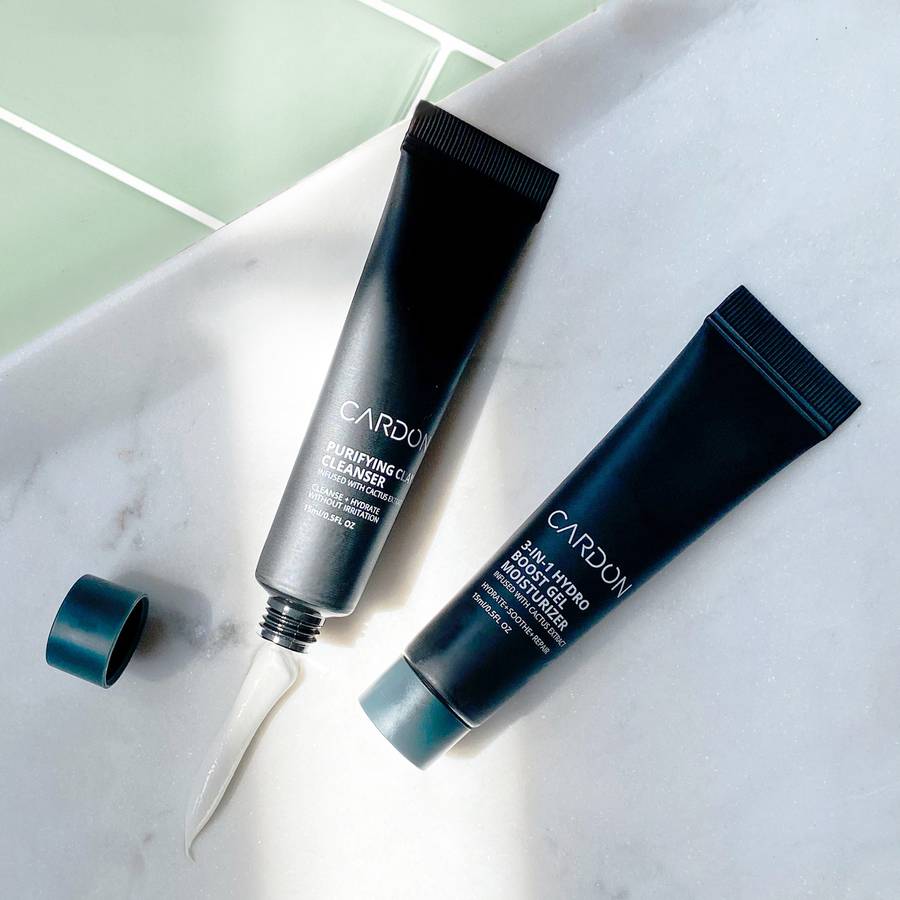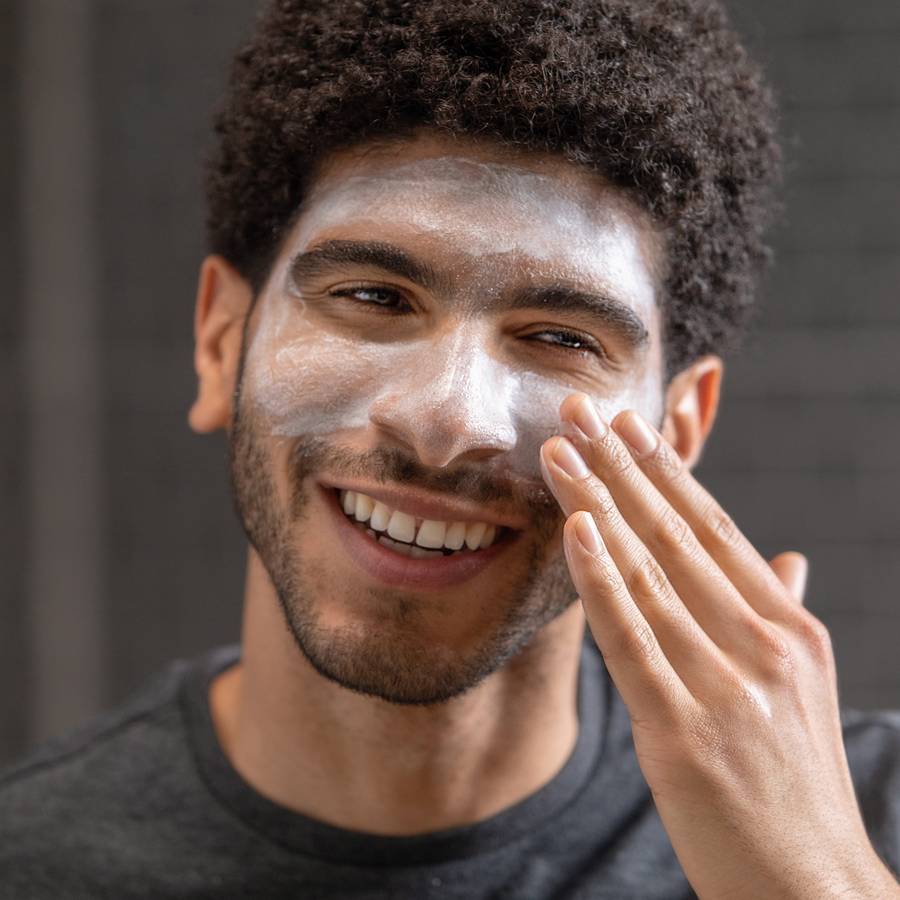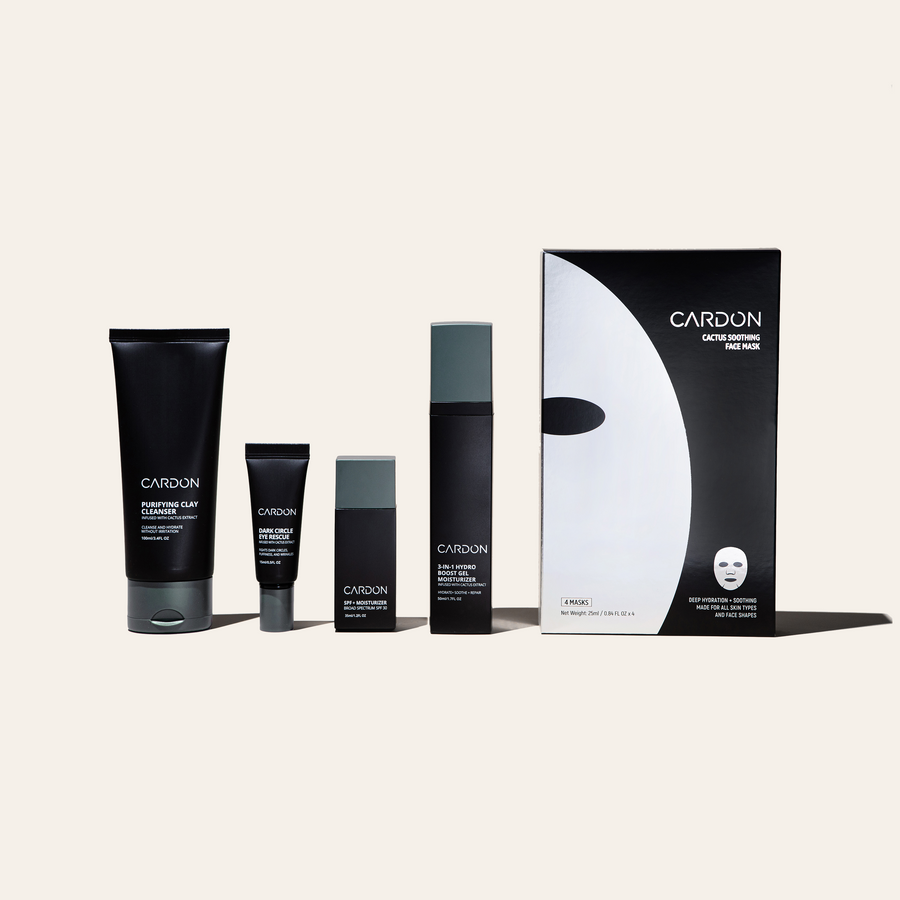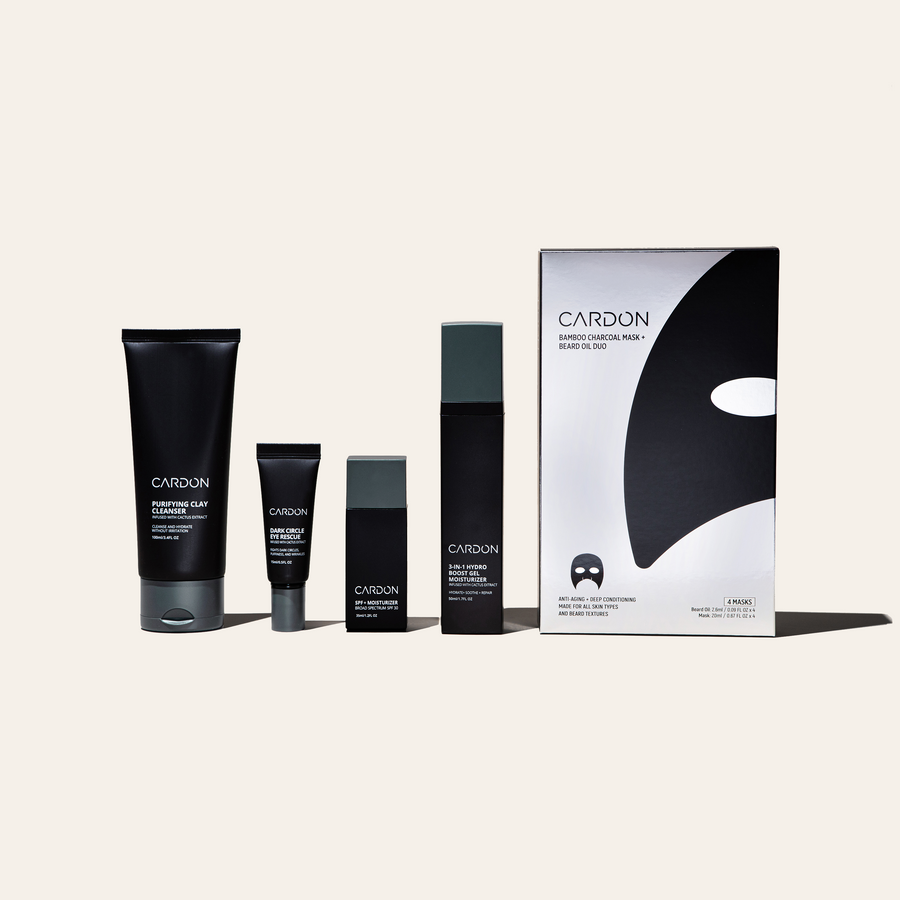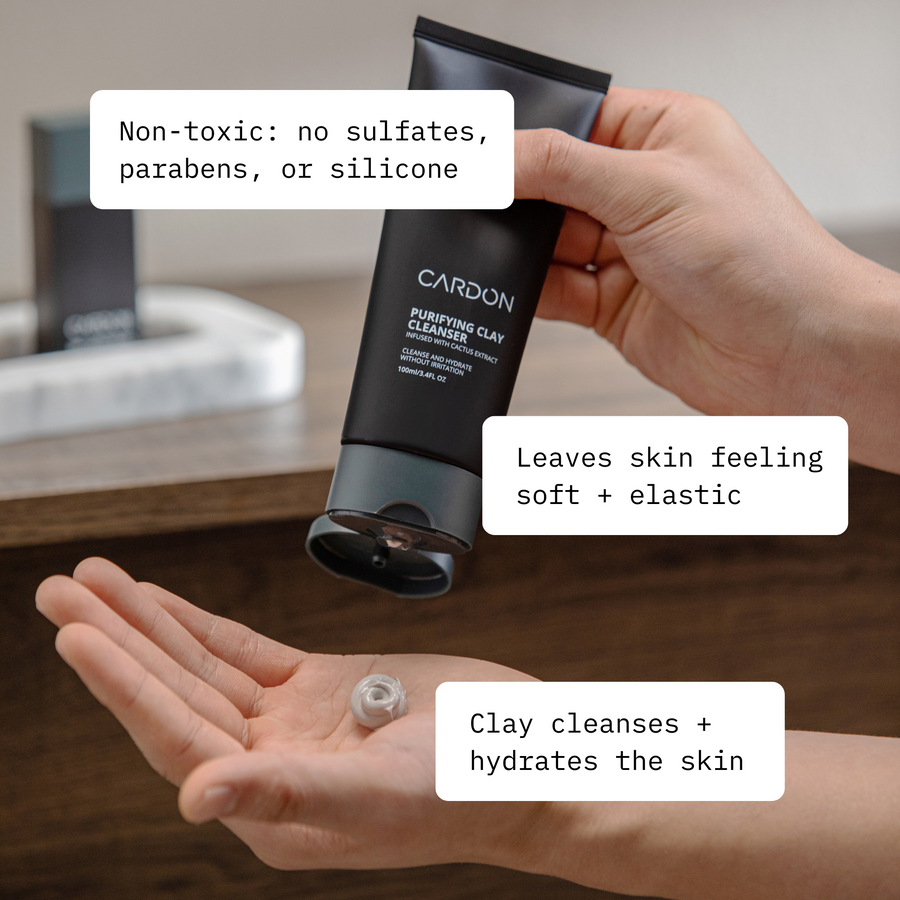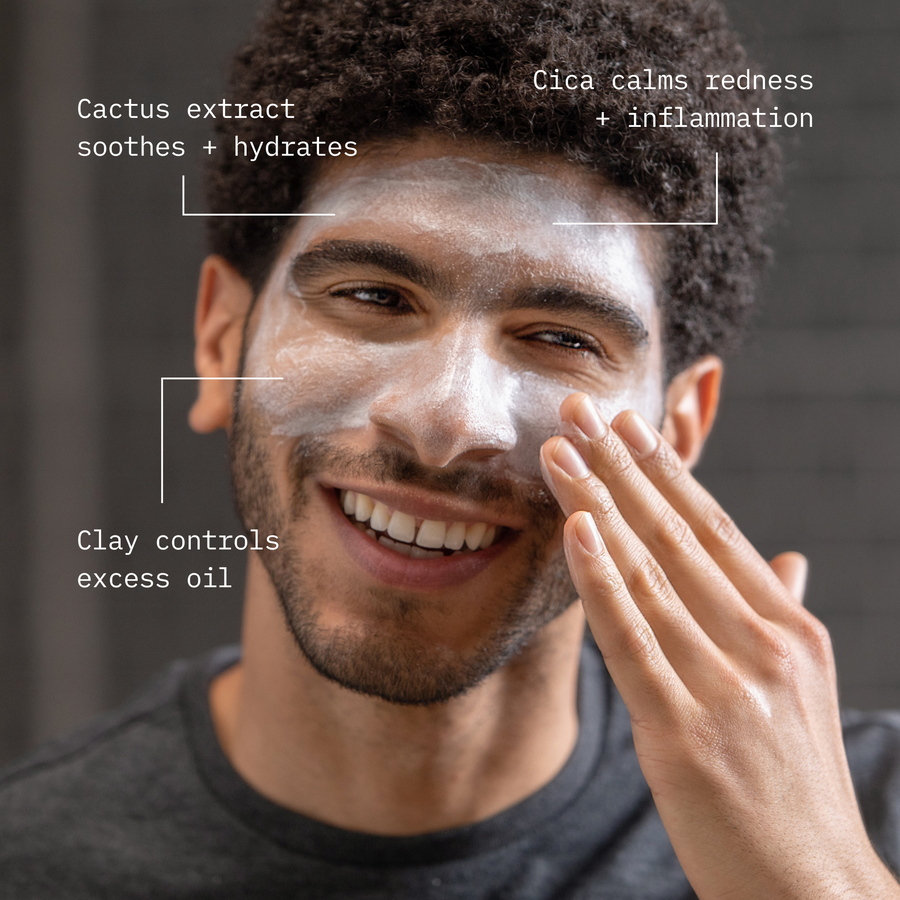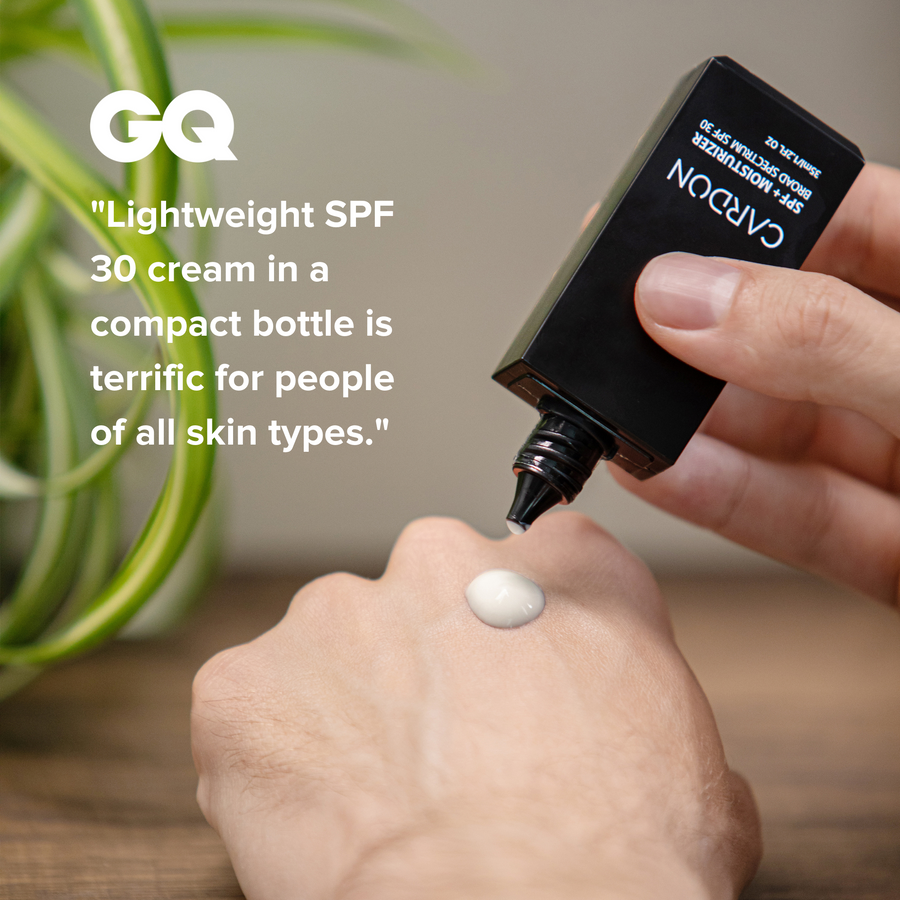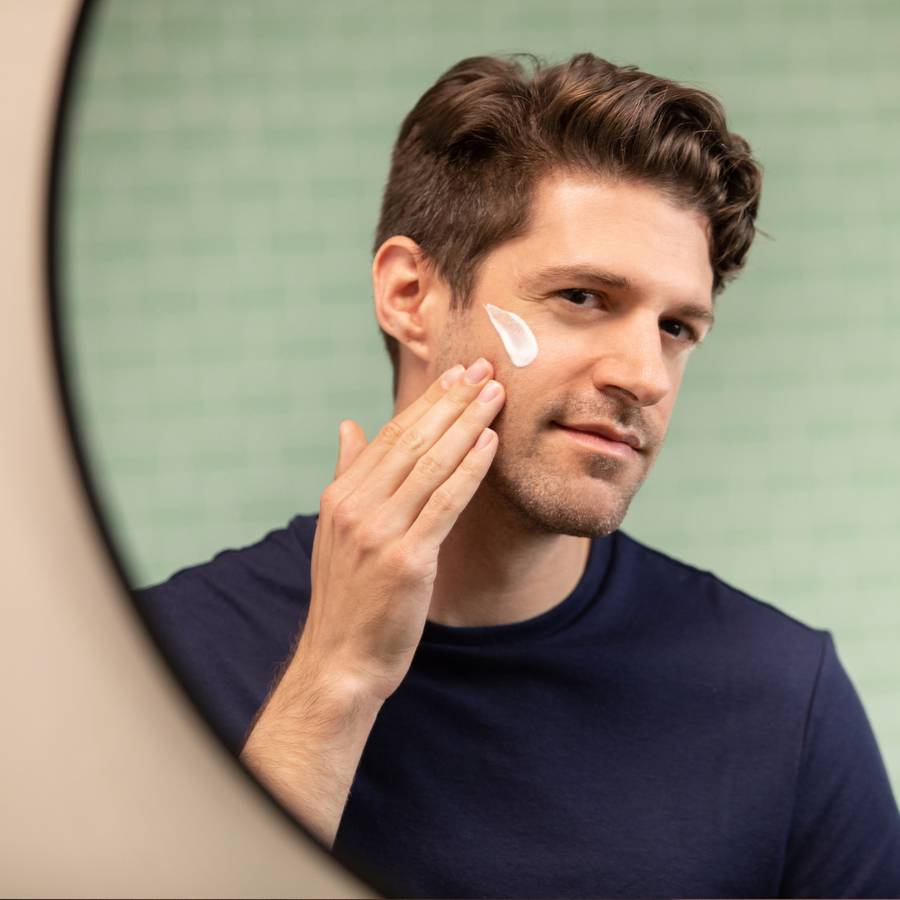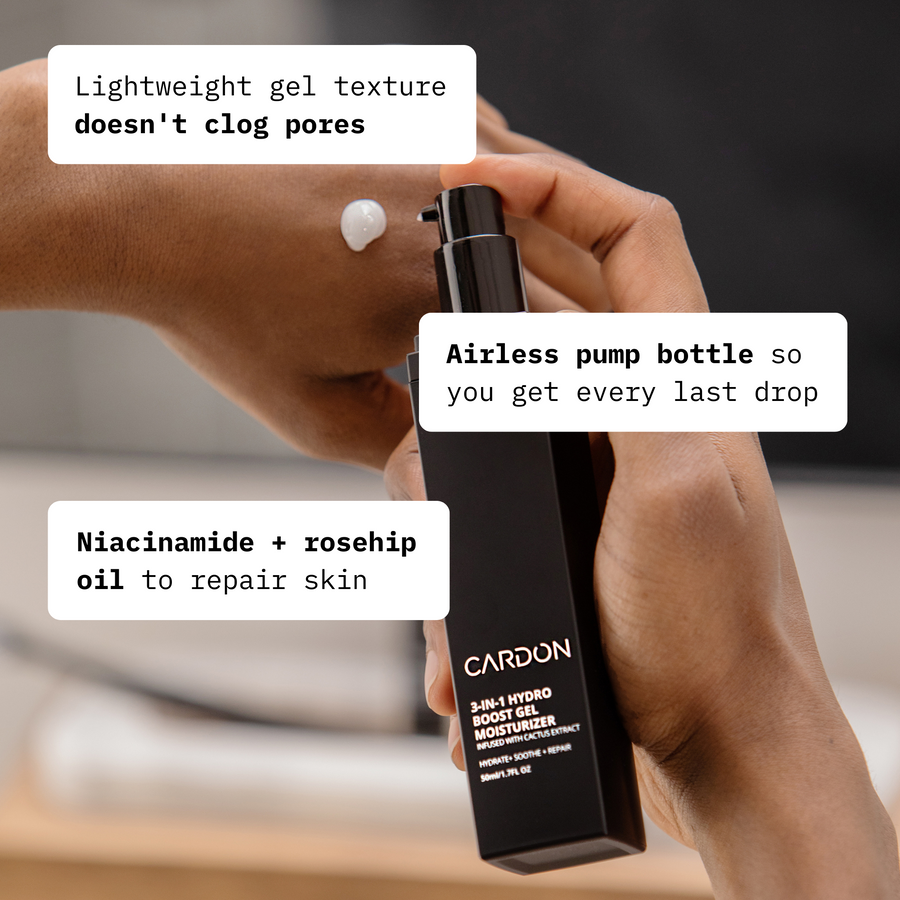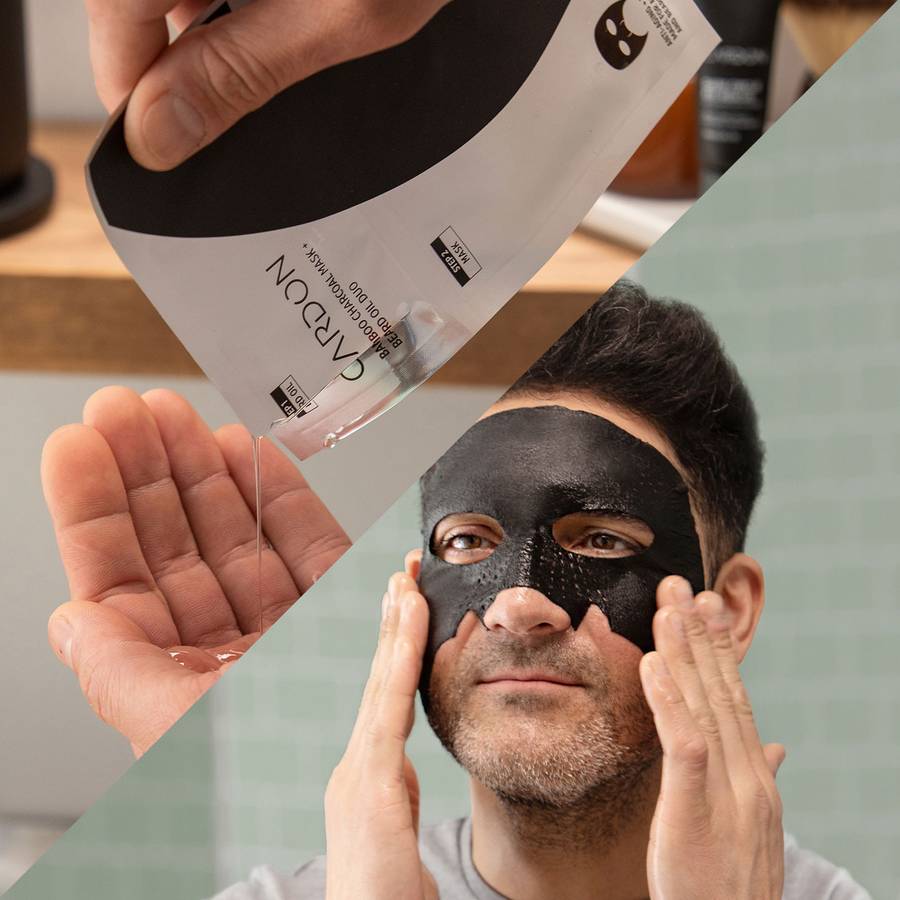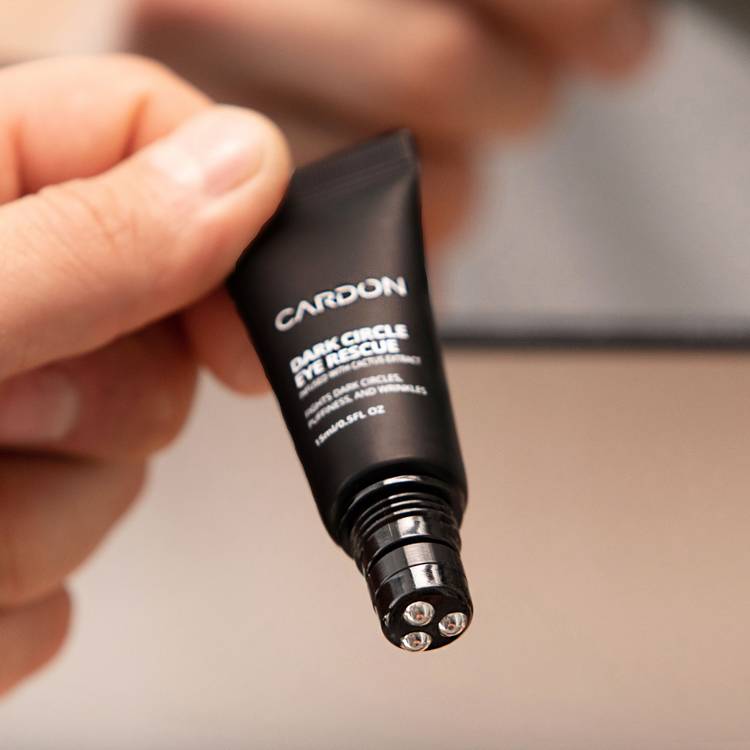Why SPF Is Important: Sun Exposure and Its Toll on Skin

Wearing sunscreen every day should be like taking a daily multivitamin: You might not experience the exact benefits of this habit on every given day, but you’ll be much better off in the long term. And yes, you need to wear SPF every day of the year, because UV rays don’t take a day off; they can penetrate clouds, and even windows. (So keep that SPF moisturizer ready for regular reapplication if you work near a window.)
To better understand why SPF is so imperative, let’s look at how sun exposure damages skin in the first place.
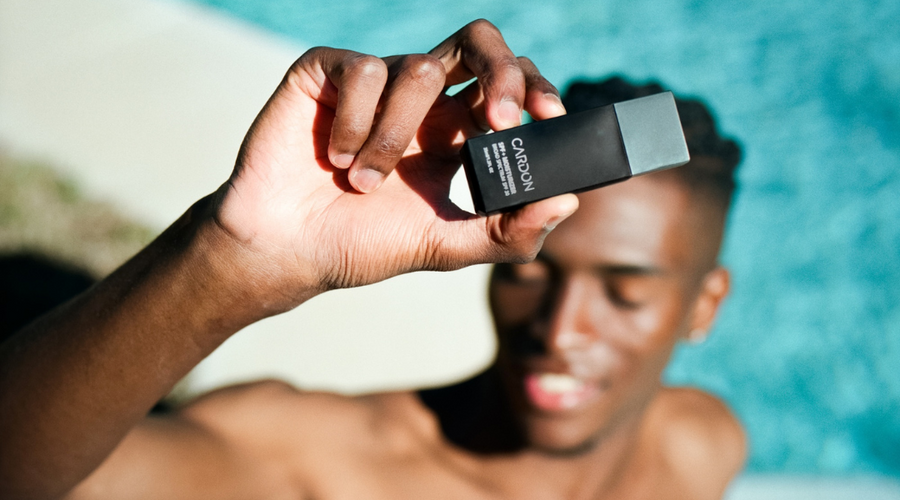
How Sun Exposure Damages Skin (UV Rays Explained)
When it comes to sun protection, there's a lot of acronyms and terminology, so let's start by breaking that down. What are UV rays, you ask? These invisible ‘ultraviolet’ rays exist in three different wavelengths (UVA, UVB, and UVC), although only UVA and UVB rays are long enough to penetrate the ozone layer. (So we don’t really discuss them in this conversation about sun protection.)
Think of UV ray length as a measure of how long each wave takes to “rise and fall”. So a long ray (a UVA ray, for example) has the ability to carefully maneuver into deeper layers of your skin, versus shorter (and more abruptly angled) rays like UVB rays. This is why the super short UVC rays don’t enter the atmosphere; they rise and fall so quickly that they just deflect right away.
UVA Rays vs. UVB Rays
Think A for Aging, and B for Burns:
UVA rays are the longest of this trio of UV rays, which allows them to penetrate deep into the skin and cause ‘photoaging’. This is what we refer to when we say that the sun ‘ages’ your skin—think wrinkles, dark spots, rough patches, discoloration, dehydration, and more.
UVB rays have a shorter wavelength than UVA rays, and instead burn the surface of the skin and can lead to skin cancer.
Gradual Sun Exposure vs. Daily Damage
Think of daily SPF use as your steady defense against UV rays. If you size up two people in their 60s or 70s, you’ll be able to tell which of those individuals was better at protecting their skin from sun damage throughout their life. (It is arguably why, over the last few decades, “old people” look a lot younger than before. We’re all aging better, see, and SPF use is a big part of that.)
This incremental protection is your single best defense against the damaging effects of sun exposure—those little moments where you walk to the store, or water the plants, or fill up the gas tank. That’s where a standard SPF moisturizer (like Cardon’s SPF 30 hydrator) will cover your key bases without adding a step to your daily grooming routine.
Shop the product
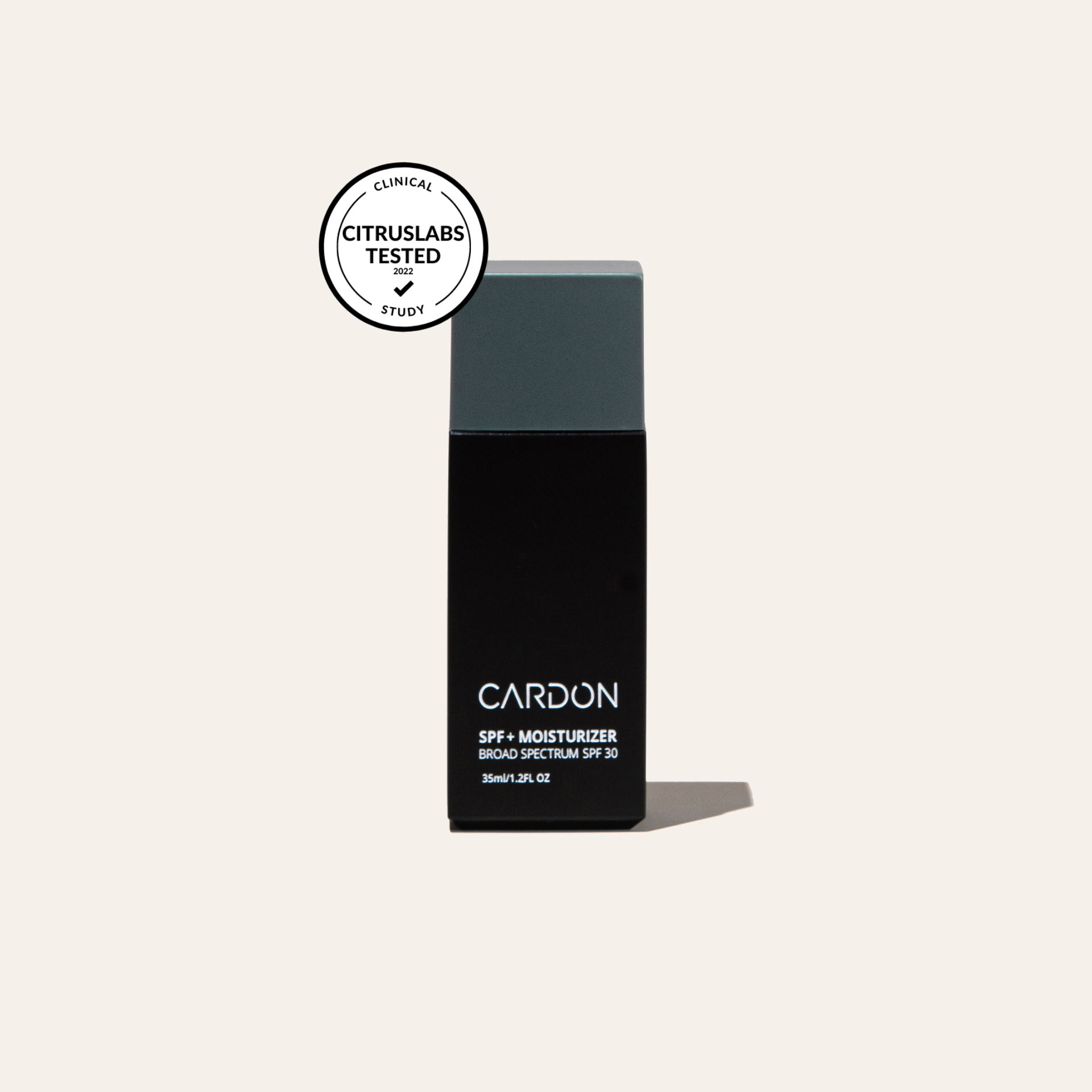
Daily SPF + Moisturizer
$24.00
But you also need to double down on protection when you sprawl out in the sun for long periods of time. That’s where a proper sunscreen will be more imperative, especially in preventing sunburns. Be sure to reapply every two hours, or quickly after swimming and sweating. The more effort you put into shielding sun (consider even tucking yourself away under a beach umbrella), the less likely it is you sprout an odd looking mole or a sprawl of hyperpigmentation later on. Not to mention, you’ll avoid the agony of a sunburn, too.
How SPF Actually Works
What ‘SPF’ Measures
SPF is shorthand for ‘sun protection factor’, and it indicates a product’s level of defense against UVB rays. The SPF number pertains to the protection level against UVB rays: An SPF 15 would protect you 15 times longer from sunburn than if you weren’t wearing sunscreen. An SPF 30 would protect you 30 times longer from burn.
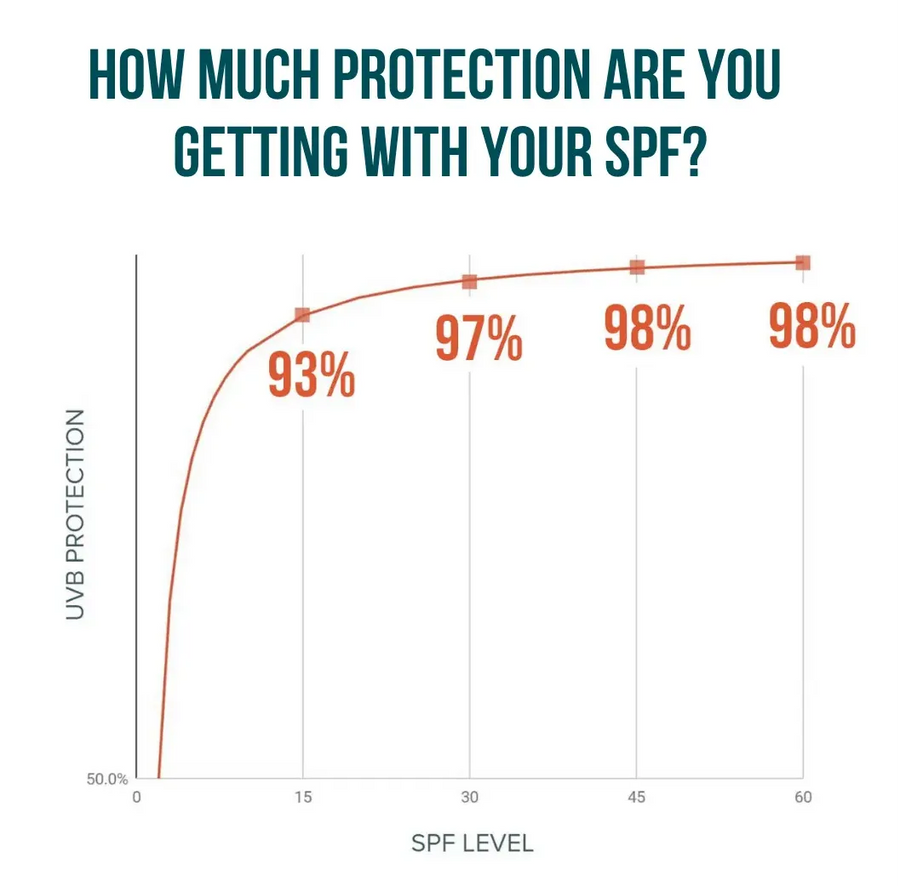
Another way to look at the SPF number is in terms of how much protection the product provides at any given moment. Unfortunately, the numbers can be deceiving: For example, SPF 30 provides defense from 97% of the sun’s UV-B rays, while SPF 15 only shields from 93% of UV-Brays. So, just because SPF 30 is double SPF 15 on the UVB duration-shielding scale, doesn’t mean it is doubly defensive overall.
The extra 4% protection (97% vs 93%) can make a huge difference in terms of sunburn and photoaging. If you want to go even higher than 97% coverage with SPF 30, you can: An SPF 50 provides 98% coverage, and SPF 100 provides 99% coverage. Most dermatologists benchmark SPF 30 as the minimum you should apply, in order to avoid burn and photoaging.
Chemical vs. Mineral Options
There are two different types of sunscreen filters: mineral and chemical. Mineral sunscreens (typically zinc or titanium dioxide) will sit atop the skin to deflect UV rays, while chemical filters will soak into the skin. Common ones include avobenzone, homosalate, and octyl salicylate. They absorb and neutralize rays to prevent any damage to the skin.
Usually it’s a matter of preference as to which ones you wear. Mineral sunscreens sometimes leave a white cast on skin. Chemical ones can often wear lighter, especially if they are oil free. Cardon’s facial moisturizer with SPF uses chemical filters in an oil-free formula to guarantee light wear.
An award-winning, water-based formula that's so lightweight, you'll forget it's there. Paraben-free, sulfate-free, silicone-free, and reef-safe. SHOP SUNSCREEN

Daily SPF + Moisturizer
$24.00
How to Help Skin Recover After Sun Exposure
If your skin is sunburnt, then obviously you need to avoid additional sun exposure, prioritize anti-inflammatories, and stay hydrated until you recover. Ouch! But you’re not the only person who needs to recover from a day under the sun; even the un-burnt individuals should have a recovery routine to help cushion skin from a day of UV exposure.
For this, prioritize anti-inflammatory ingredients in a lightweight, ultra hydrating product. Might we suggest cactus extract, a hero ingredient across Cardon’s product assortment? This supremely hydrating and anti-inflammatory ingredient is also central to our Hydro Boost Gel Moisturizer, alongside soothing niacinamide and restorative rosehip oil. Together they help restore skin’s moisture levels and reinforce its barrier functions, while neutralizing any redness and swelling due to the sun exposure.
Shop the product

Hydro Boost Gel Moisturizer
$35.00
SPF Best Practices
Here are a few general rules around proper sun protection and wearing SPF:
Don’t apply body SPF to the face: With so many sunscreens out there specifically made for the face, it’s smart to keep separate products for your head and body. That’s because many sunscreens for the body are comedogenic, meaning they clog pores on the face and lead to breakouts, not to mention they feel sticky, greasier, and gross. The skin on your face is more sensitive and thinner than your body, so look for products that are specifically formulated for your money maker. Pro-tip: Look for 2-in-1 products that combine a moisturizer with SPF to hydration and protection.
How much sunscreen to use: The level of sun protection is negligible if you apply only a thin layer to the skin. Start by squeezing out a nickel-sized amount of SPF on your hand. Dab small amounts all over your face and neck for even coverage, and then rub it in. Don't rub it in your hands and then apply it to your face; you won't get full protection because a lot will get absorbed into your hands. For your body, the recommended amount of coverage is around two shot glasses' worth of sunscreen. Bottom line: Don’t be shy when it comes to sun protection, you can't really overdo it.
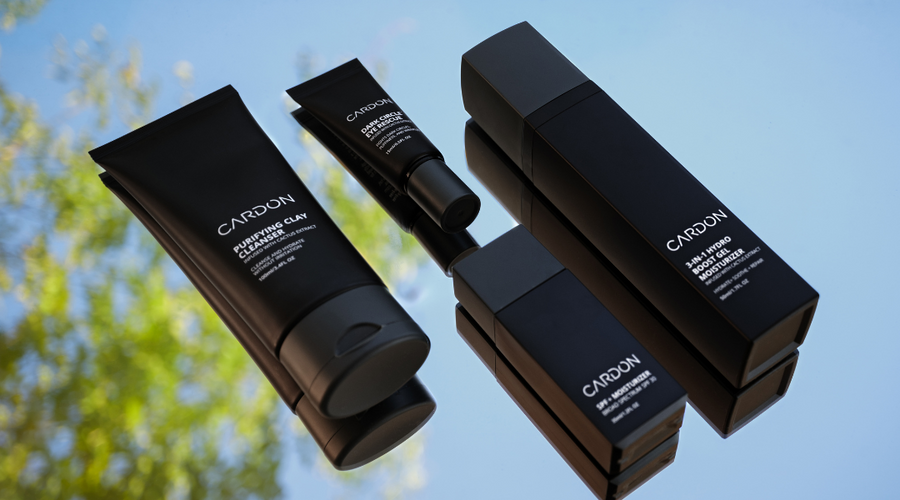
Apply 15-20 minutes before sun exposure: Your skin isn’t necessarily shielded the second you apply SPF. It takes time to absorb into the skin, so it’s wise to give it a buffer to do so. It's recommended by the FDA and dermatologists that you reapply SPF every two hours in order to maintain constant protection from UV rays.
Apply for indoor use, too: Because those invisible, snakelike UVA rays can permeate glass, it’s still important to wear SPF indoors—particularly if you sit near a window. (Have you ever seen that image of a truck driver who has severe sun damage on the left side of his face, but not the right? That’s because he spent a career with one half of his face exposed through the window. Google it if you want a shock—and let it sit in your memory to ensure you wear SPF daily, starting now.complete the routine
End your day with a gentle deep-cleansing face wash to remove the dirt, sweat, and pollution from the day.
You don’t need SPF when you sleep, so swap out the daytime SPF moisturizer for a recovery-focused night hydrator, which will help reverse any wear the skin experienced that day, and give your nighttime cellular regeneration a big boost. Cardon’s gel moisturizer was formulated with all of this in mind, as a good complement to the SPF moisturizer’s daytime wear.
Shop the collection


Daily SPF + Moisturizer
good for:
We’re playing favorites—this is the #1 most important step in your skincare routine. Stave off sun damage for healthy, youthful skin for years to come with our Daily SPF + Moisturizer, acclaimed best lightweight moisturizer with SPF by GQ!
Its fast-absorbing, lightweight formula uses Cactus and Chia Seed Extract to provide all-day hydration, plus Broad Spectrum SPF 30 to protect against UVA and UVB rays with ZERO residue or white cast.
“After trying several different brands, I finally found a product I like. It's lightweight, not sticky, and has a very subtle, fresh scent. Will definitely order again. I highly recommend this product.” - Sara T.
Daily SPF + Moisturizer
good for:
We’re playing favorites—this is the #1 most important step in your skincare routine. Stave off sun damage for healthy, youthful skin for years to come with our Daily SPF + Moisturizer, acclaimed best lightweight moisturizer with SPF by GQ!
Its fast-absorbing, lightweight formula uses Cactus and Chia Seed Extract to provide all-day hydration, plus Broad Spectrum SPF 30 to protect against UVA and UVB rays with ZERO residue or white cast.
“After trying several different brands, I finally found a product I like. It's lightweight, not sticky, and has a very subtle, fresh scent. Will definitely order again. I highly recommend this product.” - Sara T.

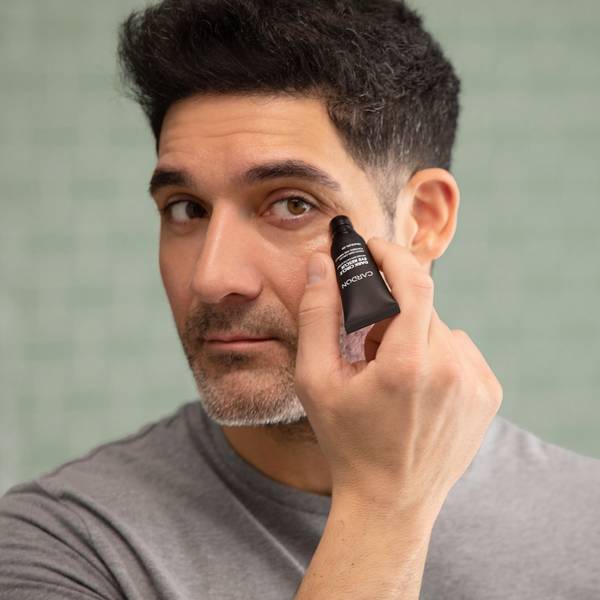
seller
Anti-Aging Skincare Set
good for:
Life comes at you fast. That’s why we developed our Anti-Aging Skincare Set full of just what you need to tackle fine lines, rough texture, and other signs of aging in the skin.
From protecting skin all day long to boosting its ability to repair and rebuild overnight, your past, present, and future selves will thank you.
Includes Steps:
- 01 Dark Circle Eye Rescue
- 02 Purifying Clay Cleanser
- 03 Daily SPF + Moisturizer
- 04 Hydro Boost Gel Moisturizer
Never go empty! Subscribe + Save 10%
Anti-Aging Skincare Set
good for:
Life comes at you fast. That’s why we developed our Anti-Aging Skincare Set full of just what you need to tackle fine lines, rough texture, and other signs of aging in the skin.
From protecting skin all day long to boosting its ability to repair and rebuild overnight, your past, present, and future selves will thank you.
Includes Steps:
- 01 Dark Circle Eye Rescue
- 02 Purifying Clay Cleanser
- 03 Daily SPF + Moisturizer
- 04 Hydro Boost Gel Moisturizer
Never go empty! Subscribe + Save 10%
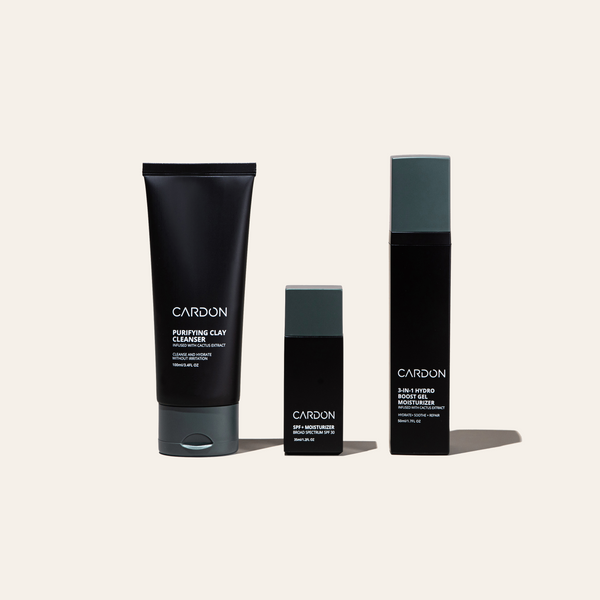
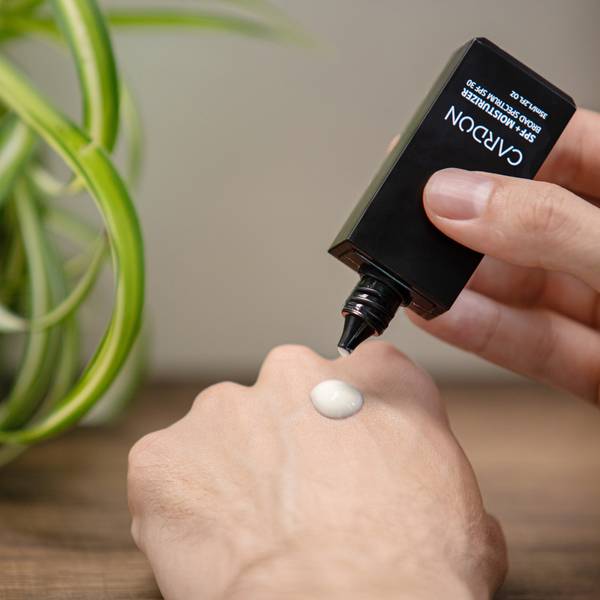
Beginners
Essentials Skincare Set
good for:
Everything you need, nothing you don’t—the Essentials Set is your skincare starter pack. Just cleanse, moisturize, and protect. We took the guesswork out of developing a skincare routine. This is all you need for everyday skin health.
Includes Steps:
- 01 Purifying Clay Cleanser
- 02 Daily SPF + Moisturizer
- 03 Hydro Boost Gel Moisturizer
Never go empty! Subscribe + Save 10%
Essentials Skincare Set
good for:
Everything you need, nothing you don’t—the Essentials Set is your skincare starter pack. Just cleanse, moisturize, and protect. We took the guesswork out of developing a skincare routine. This is all you need for everyday skin health.
Includes Steps:
- 01 Purifying Clay Cleanser
- 02 Daily SPF + Moisturizer
- 03 Hydro Boost Gel Moisturizer
Never go empty! Subscribe + Save 10%
.png?v=1671636443230&options=w_600)
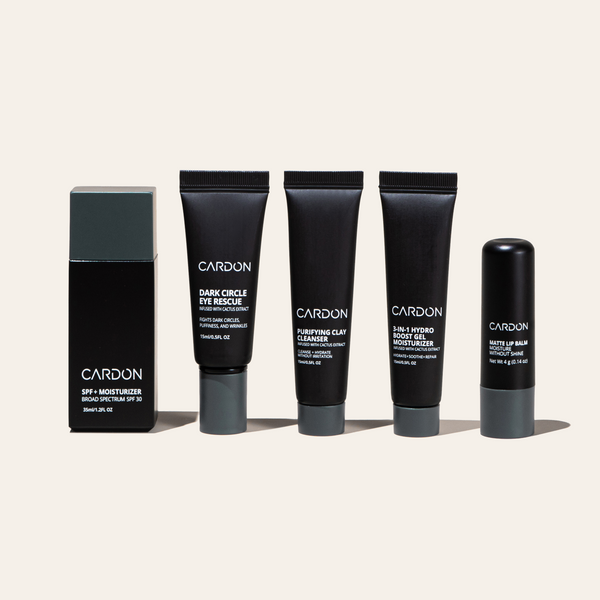
Limited Edition Jet Set Travel Kit
good for:
NEW! Limited Edition Jet Set Travel Kit with Dopp Kit.
With our new Jet Set Travel Kit, you can ditch the hotel samples for an on-the-go routine built with your skin in mind. These five simple steps cover all the bases– from cleansing your face to hydrating your lips– and they're all you need to pack before you hit the road. And, yes, it’s TSA-approved.
Includes Steps:
- 01 Daily SPF + Moisturizer
- 02 Dark Circle Eye Rescue
- 03 Clay Cleanser Sample, 15ml
- 04 Hydro Boost Gel Sample, 15ml
- 05 Matte Lip Balm
"I am a 55 years old and I have started to show my age on my face. After a long day in an aircraft cabin, this is exactly what my skin needs. It doesn’t take much time to complete and the results are worth it." – Jerri P.
Limited Edition Jet Set Travel Kit
good for:
NEW! Limited Edition Jet Set Travel Kit with Dopp Kit.
With our new Jet Set Travel Kit, you can ditch the hotel samples for an on-the-go routine built with your skin in mind. These five simple steps cover all the bases– from cleansing your face to hydrating your lips– and they're all you need to pack before you hit the road. And, yes, it’s TSA-approved.
Includes Steps:
- 01 Daily SPF + Moisturizer
- 02 Dark Circle Eye Rescue
- 03 Clay Cleanser Sample, 15ml
- 04 Hydro Boost Gel Sample, 15ml
- 05 Matte Lip Balm
"I am a 55 years old and I have started to show my age on my face. After a long day in an aircraft cabin, this is exactly what my skin needs. It doesn’t take much time to complete and the results are worth it." – Jerri P.

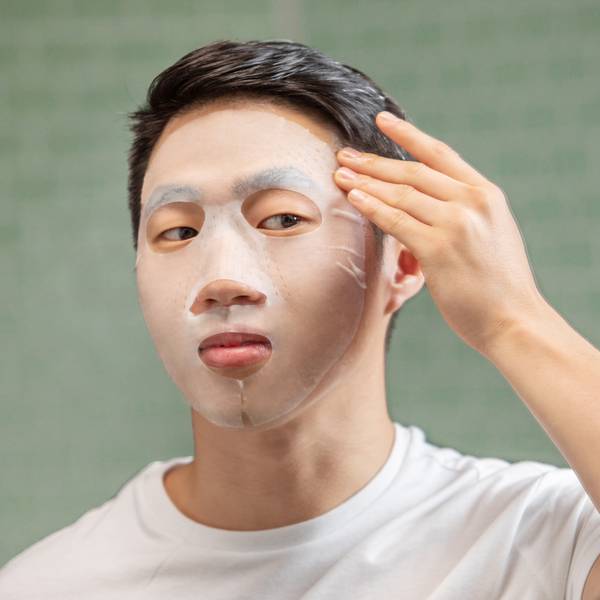
Dry Skin Set
good for:
Skin feeling a bit thirsty? The Dry Skin Set was crafted specifically for those with a dry skin type.
If you deal with flakiness, dull complexion, visible fine lines, red patches, or any combination of the above, this set was made for you. This is all you need to hydrate your skin—and keep it hydrated.
Includes Steps:
- 01
- 02 Dark Circle Eye Rescue
- 03 Daily SPF + Moisturizer
- 04 Hydro Boost Gel Moisturizer
- 05 Cactus Soothing Face Mask
Never go empty! Subscribe + Save 10%
Dry Skin Set
good for:
Skin feeling a bit thirsty? The Dry Skin Set was crafted specifically for those with a dry skin type.
If you deal with flakiness, dull complexion, visible fine lines, red patches, or any combination of the above, this set was made for you. This is all you need to hydrate your skin—and keep it hydrated.
Includes Steps:
- 01
- 02 Dark Circle Eye Rescue
- 03 Daily SPF + Moisturizer
- 04 Hydro Boost Gel Moisturizer
- 05 Cactus Soothing Face Mask
Never go empty! Subscribe + Save 10%
Cardon Products Are
Easy to Use
We never create two products when we can achieve the same results with one. Cardon products are designed to be easy to use every day.
Backed By Korean Innovation
Korean R&D is two decades ahead of the rest of the world. Cardon products use the highest quality, most effective ingredients out there.
Non-Toxic
Finally, an ingredient label you can feel good about. Every ingredient in Cardon products is good for your skin, and easy on the mind.


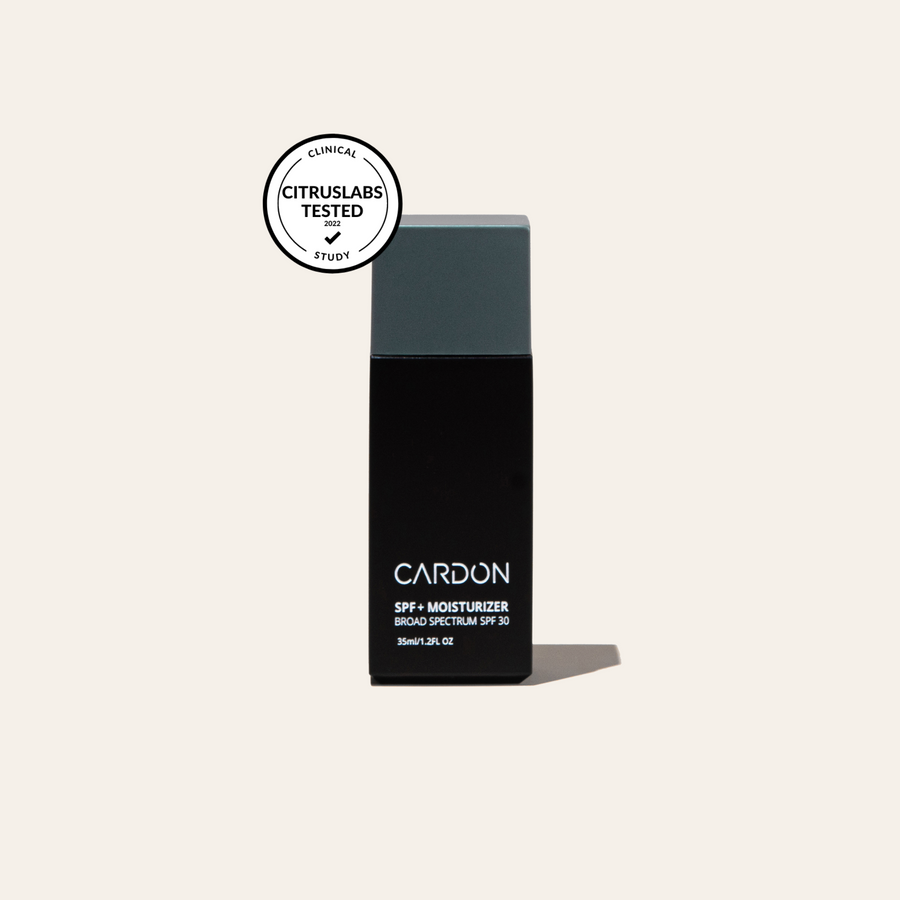



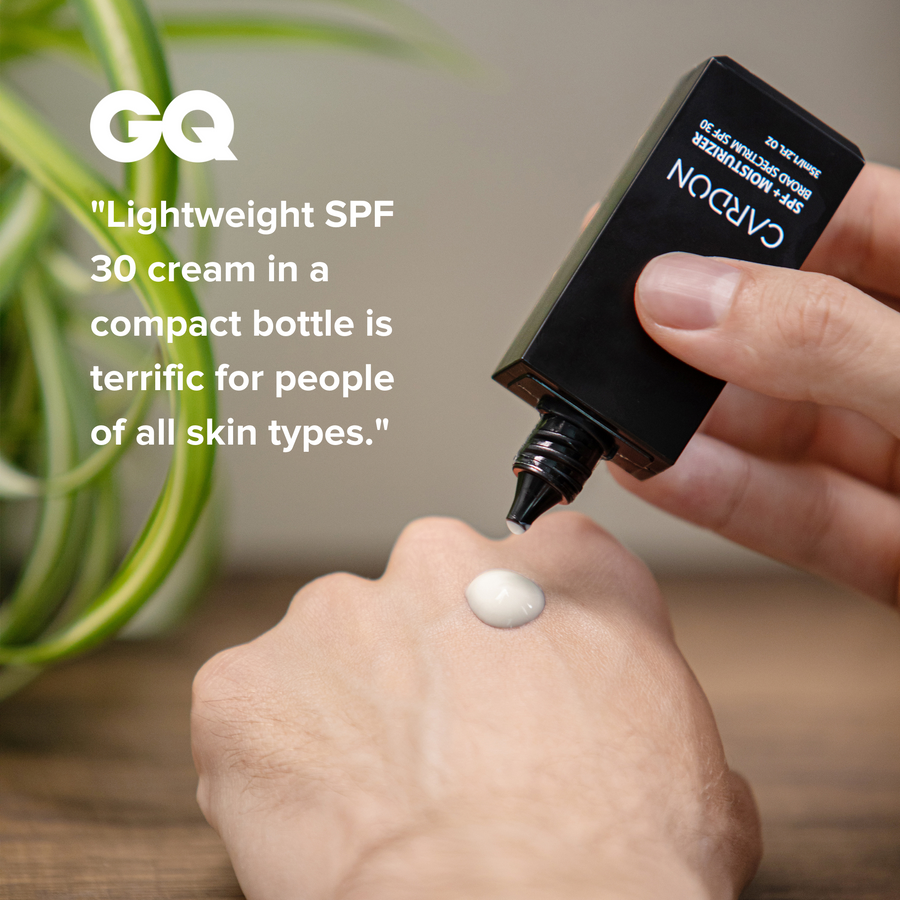



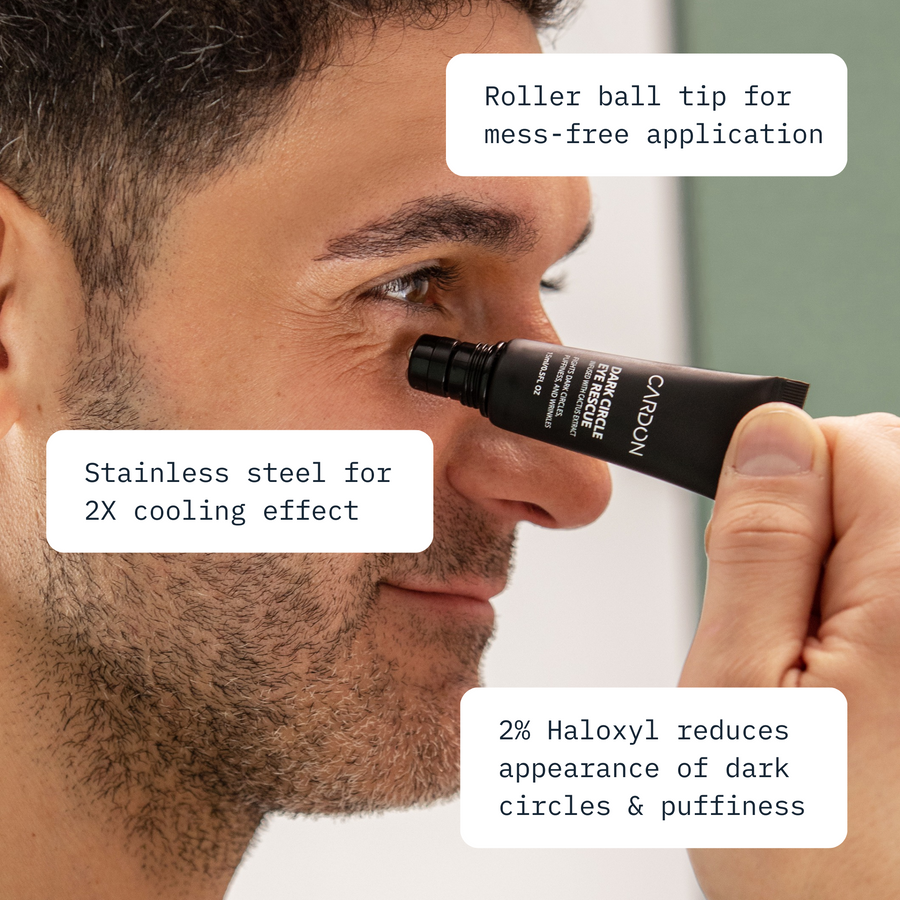
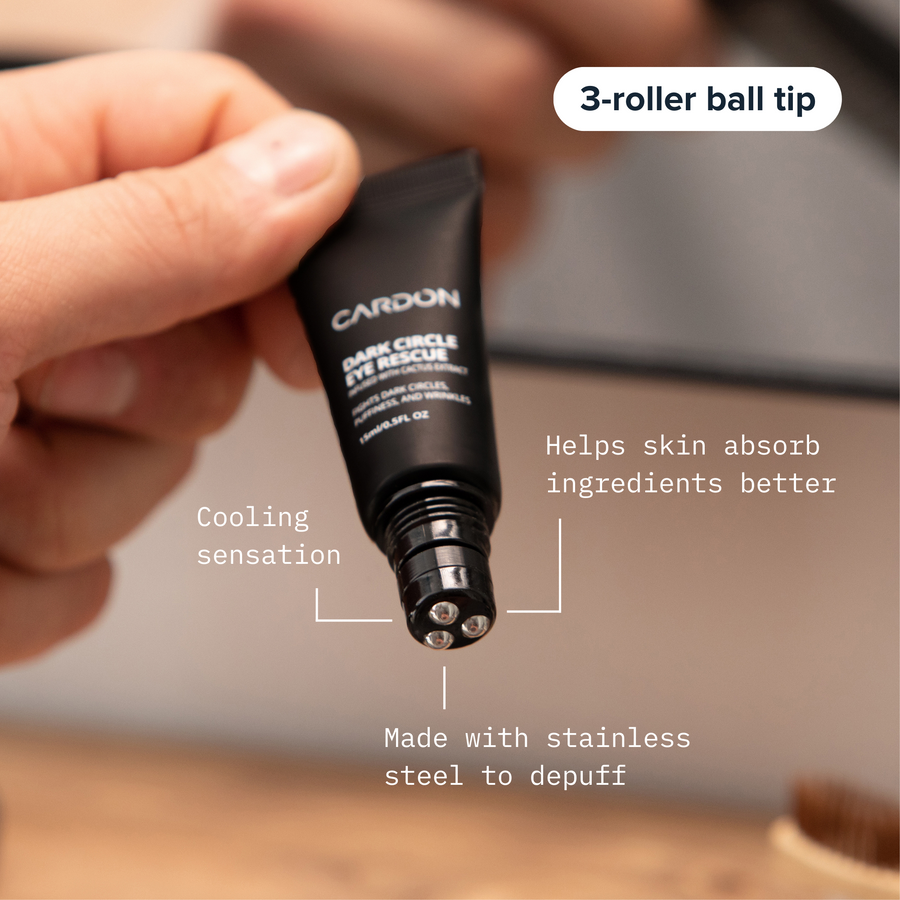

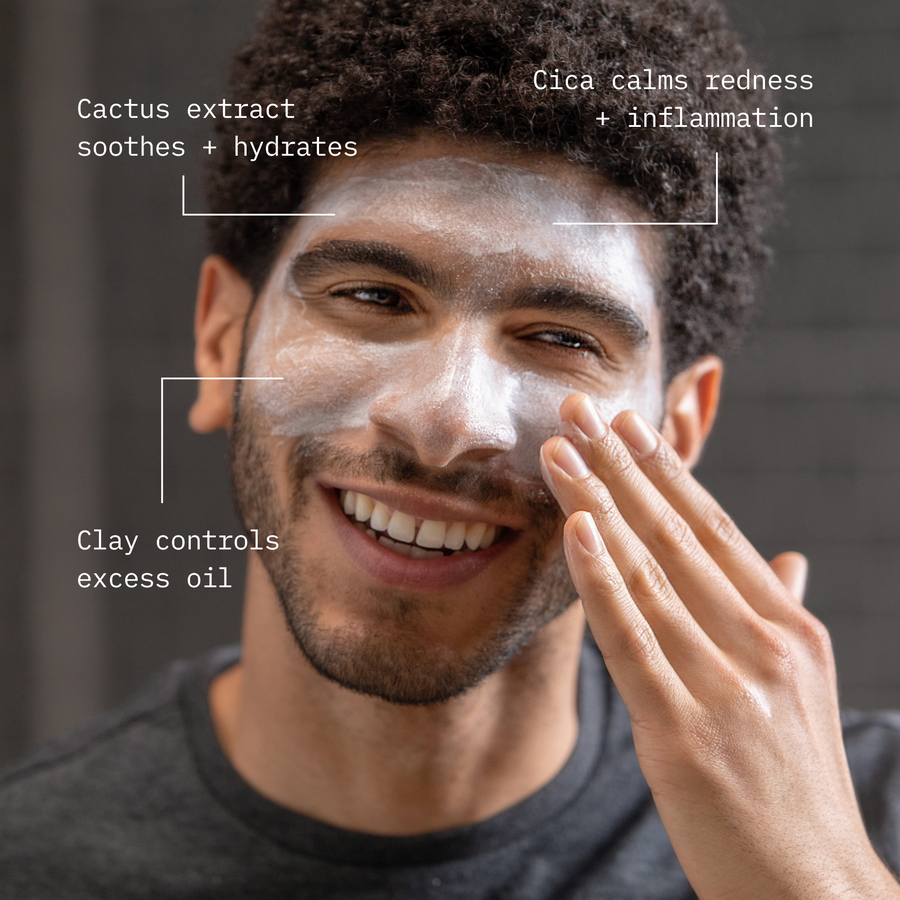
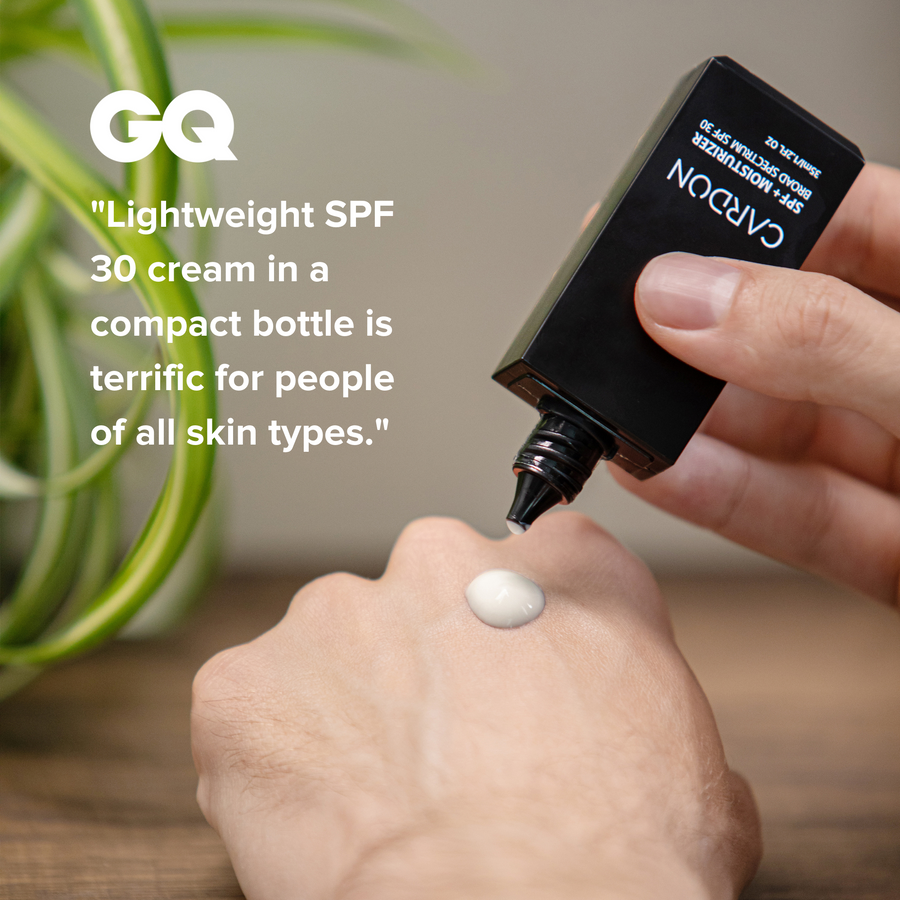
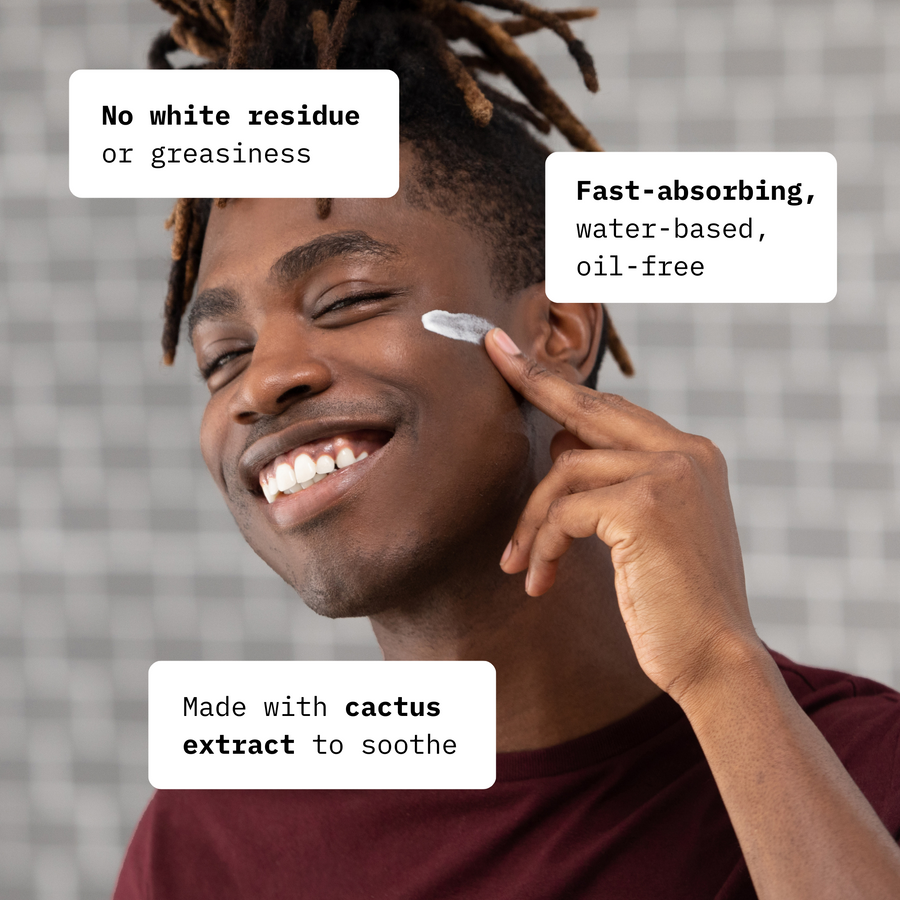

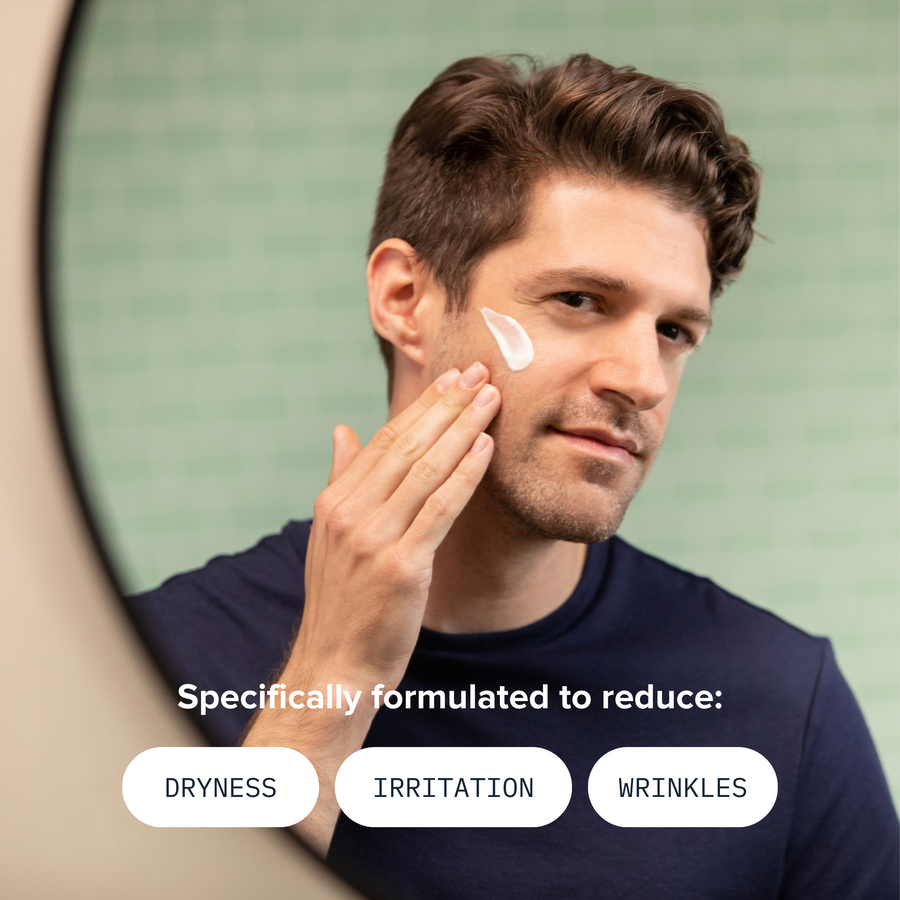
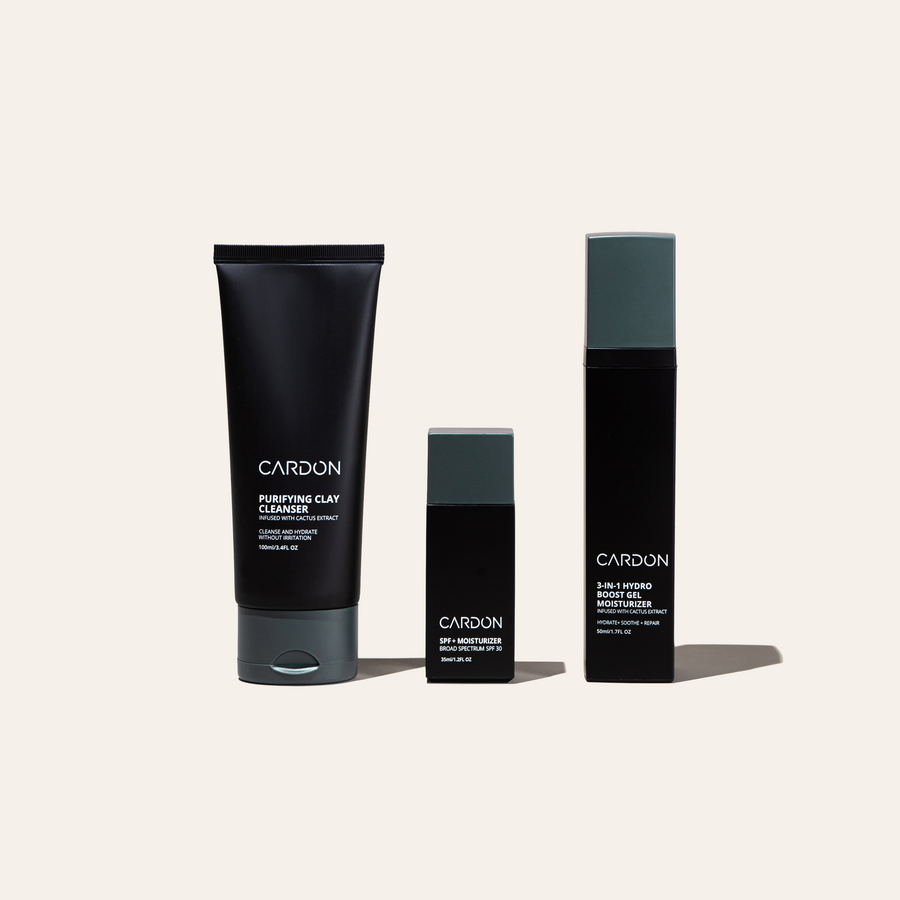

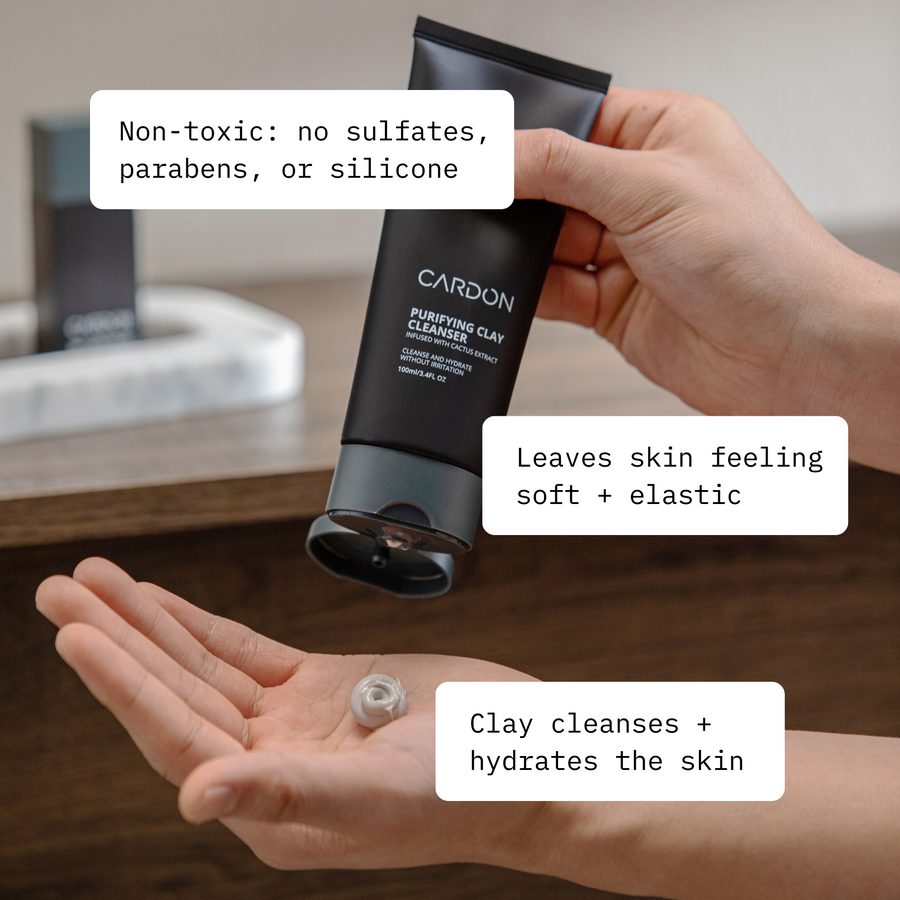




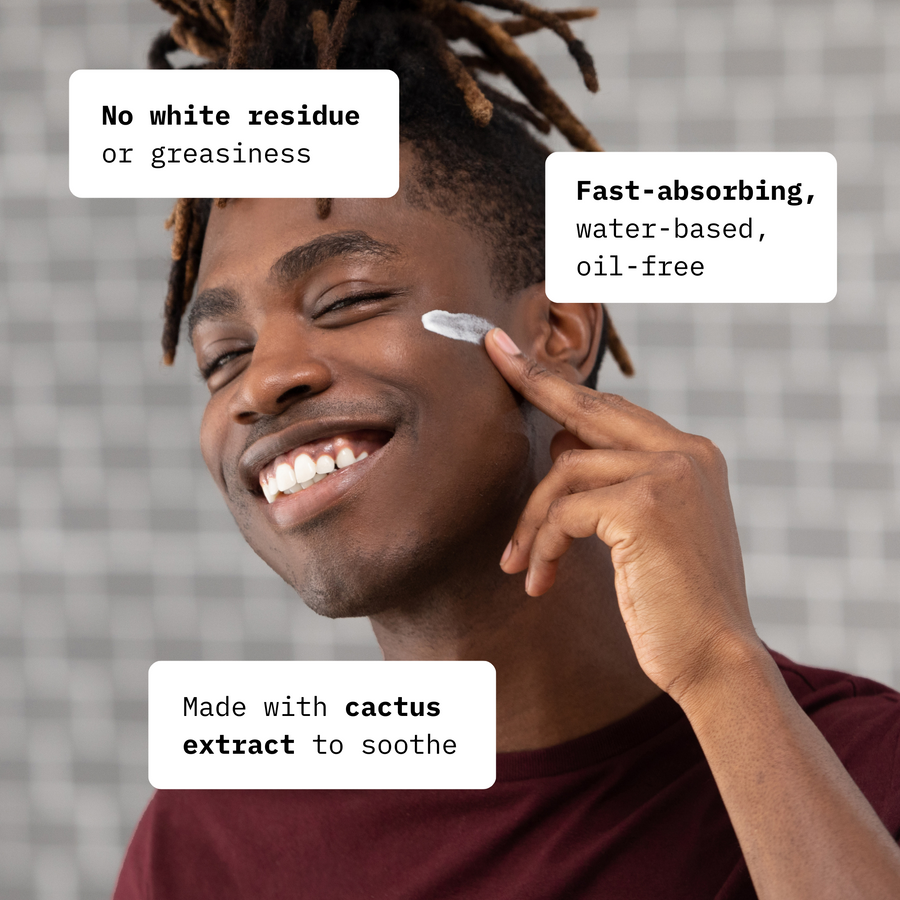
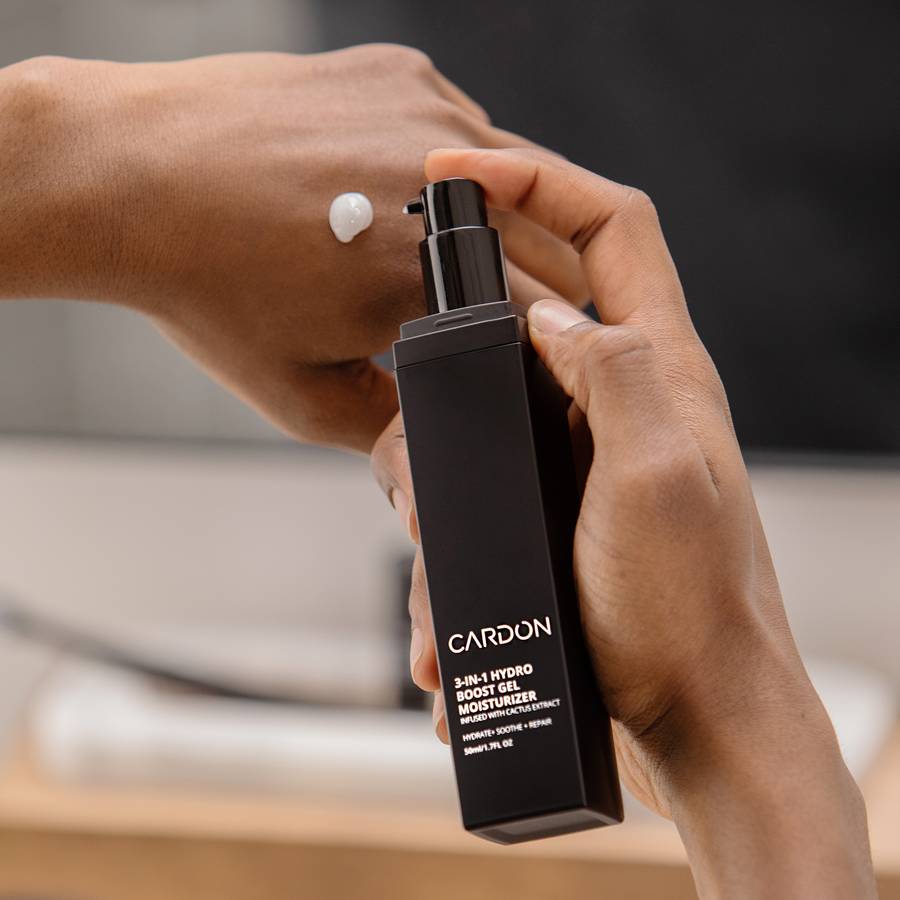
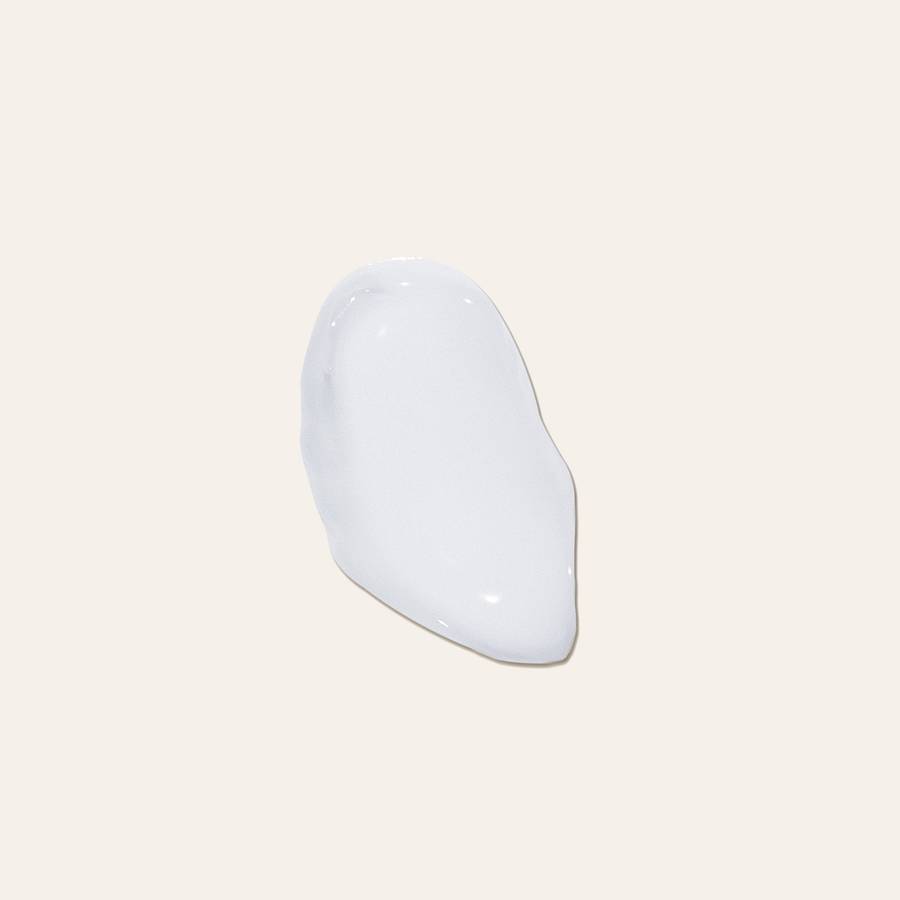
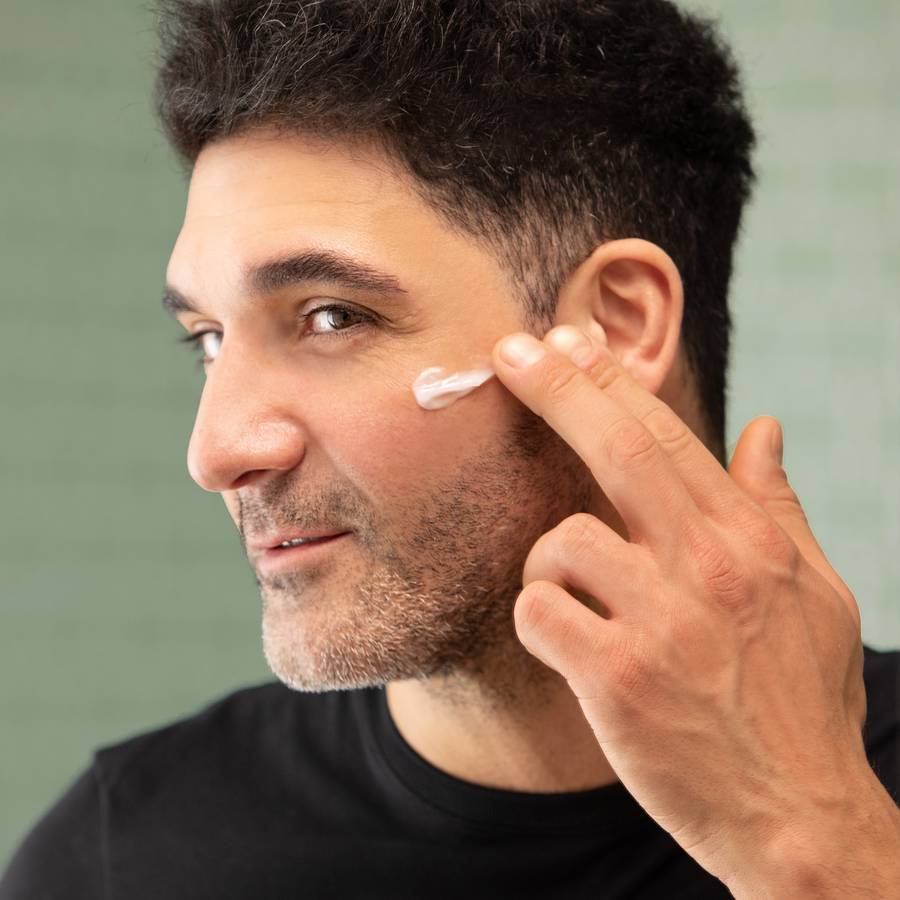
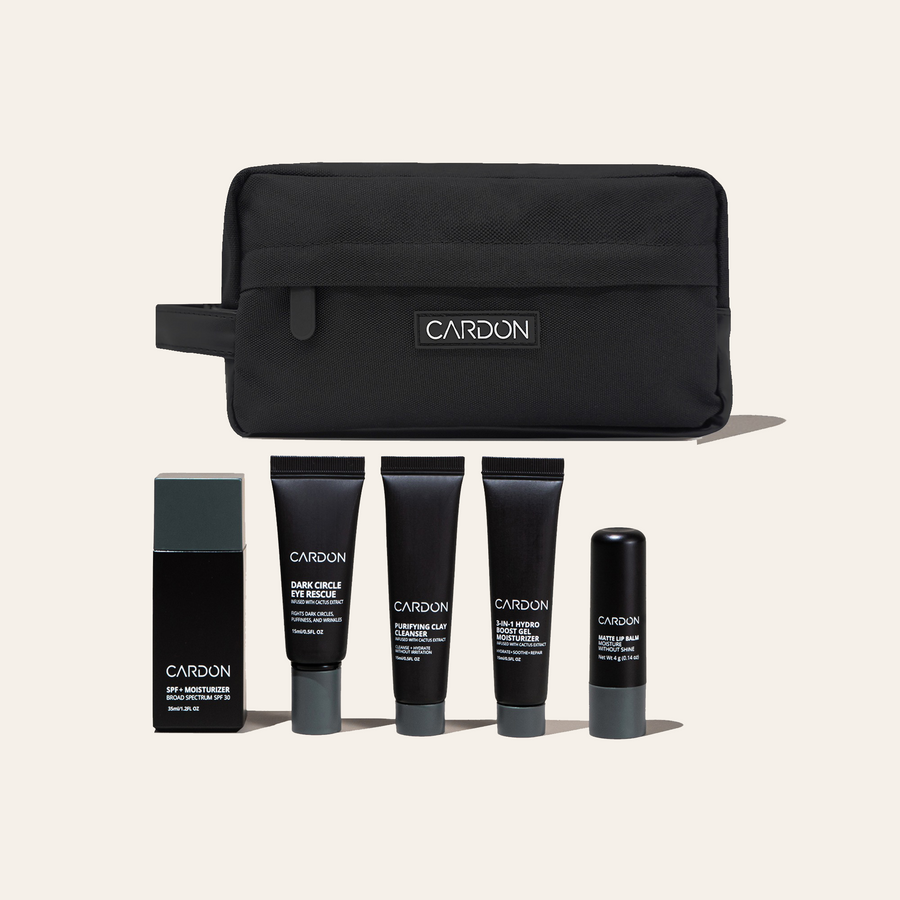
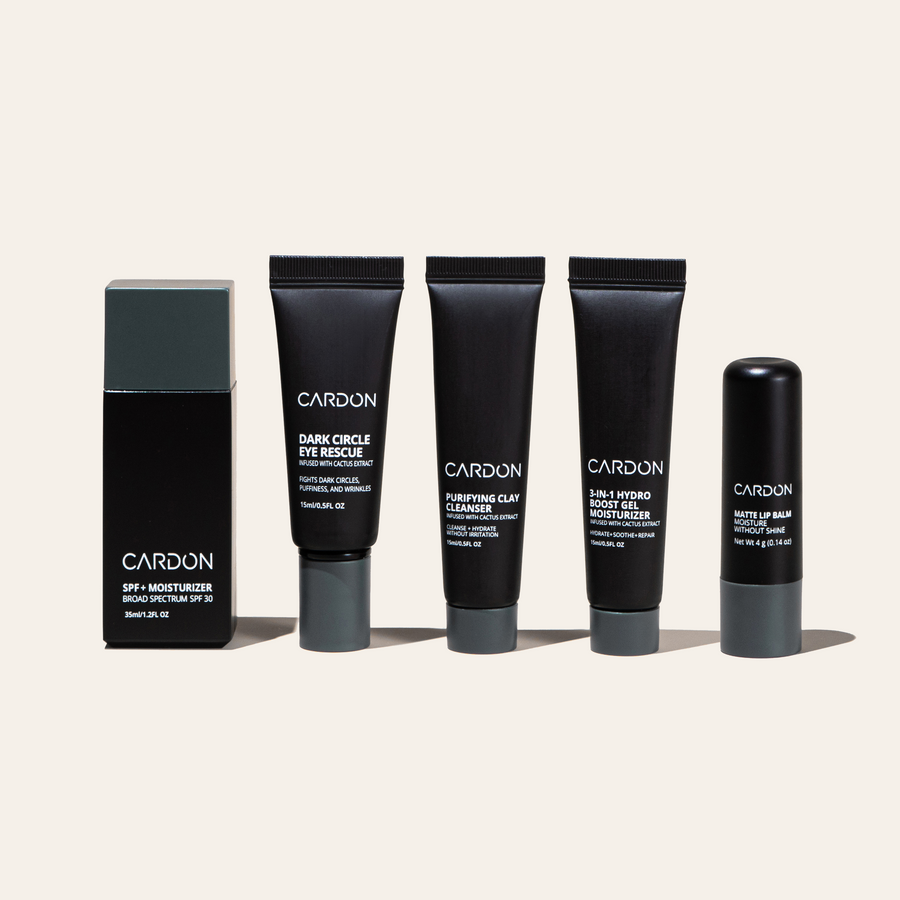
.jpg?v=1660669602636&options=w_900)
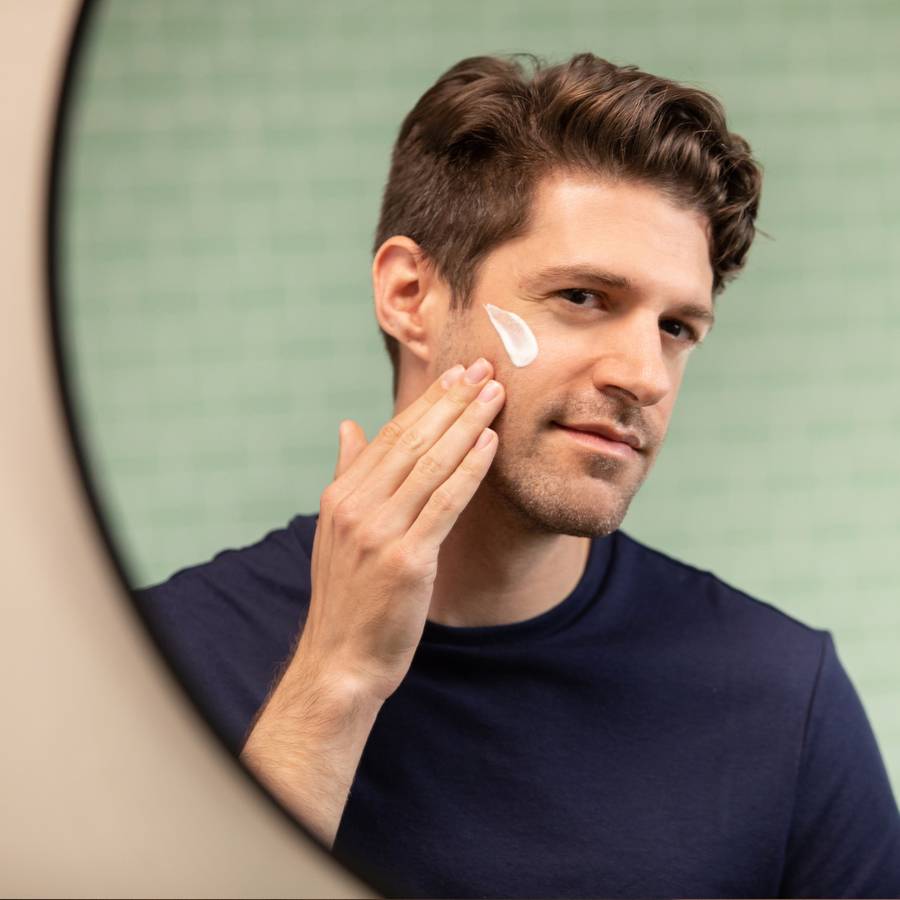
.jpg?v=1660669712802&options=w_900)
.jpg?v=1660669523094&options=w_900)

.jpg?v=1660669849450&options=w_900)
